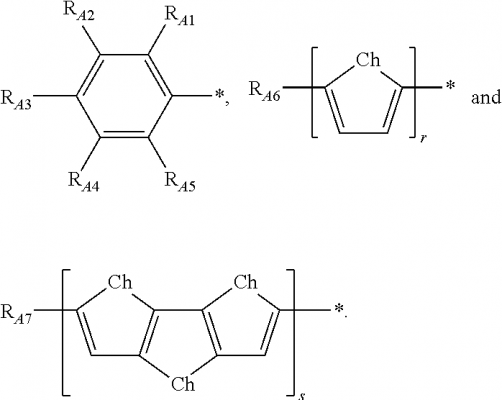Georgia Tech inventors have created charge-transport materials that have electron deficiencies and are ideal for use in electronics. They have developed charge-transport materials; polymers, co-polymers, and homopolymers, including charge-transport materials; polymer layers including charge-transport materials; and devices including charge-transport materials.
- Higher electron mobilities
- Light emitting diodes (LEDs)
- Field effect transistors
- Photovoltaic devices
- Sensors
Charge-transport molecular and polymeric materials are semiconducting materials in which charges can migrate under the influence of an electric field. These charges may be present due to doping with oxidizing or reducing agents, so that some fraction of the transport molecules or polymer repeat units is present as radical cations or anions. More often, charges are introduced by injection from another material under the influence of an electric field. In an electron-transport material, extra electrons are added, either by doping or injection; here the transport process includes electron-transfer from the radical anion of a molecule or polymer repeat unit to the corresponding neutral species. In addition, some material—ambi-polar materials—may transport both holes and electrons.


